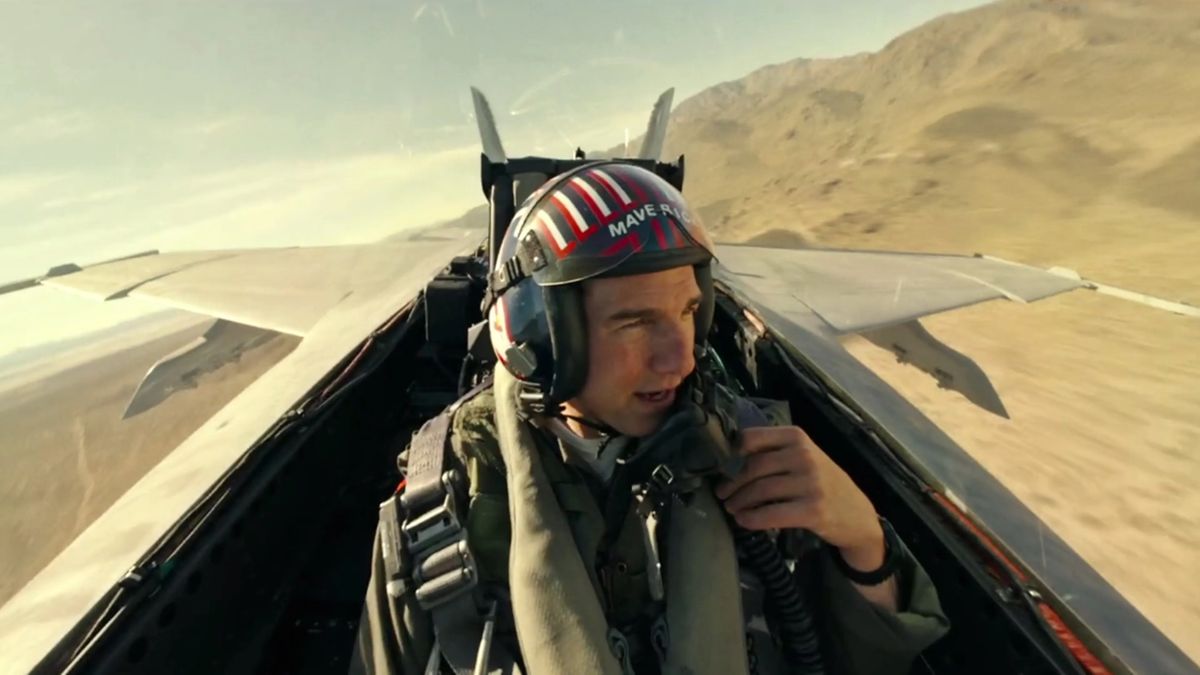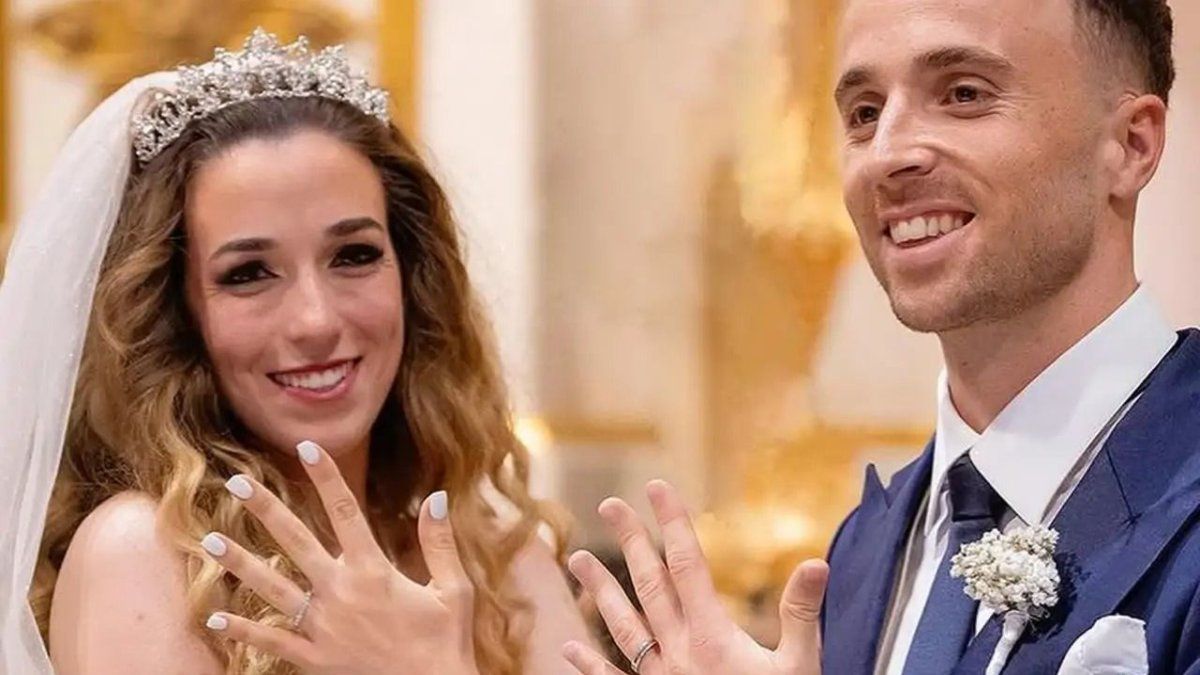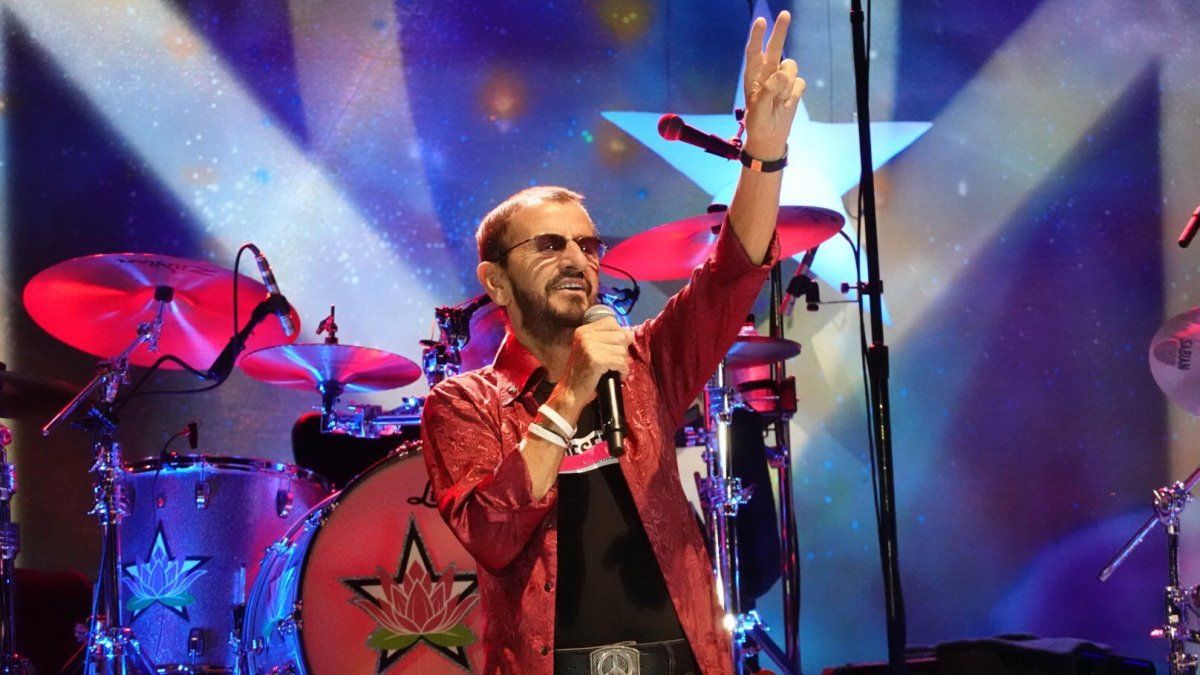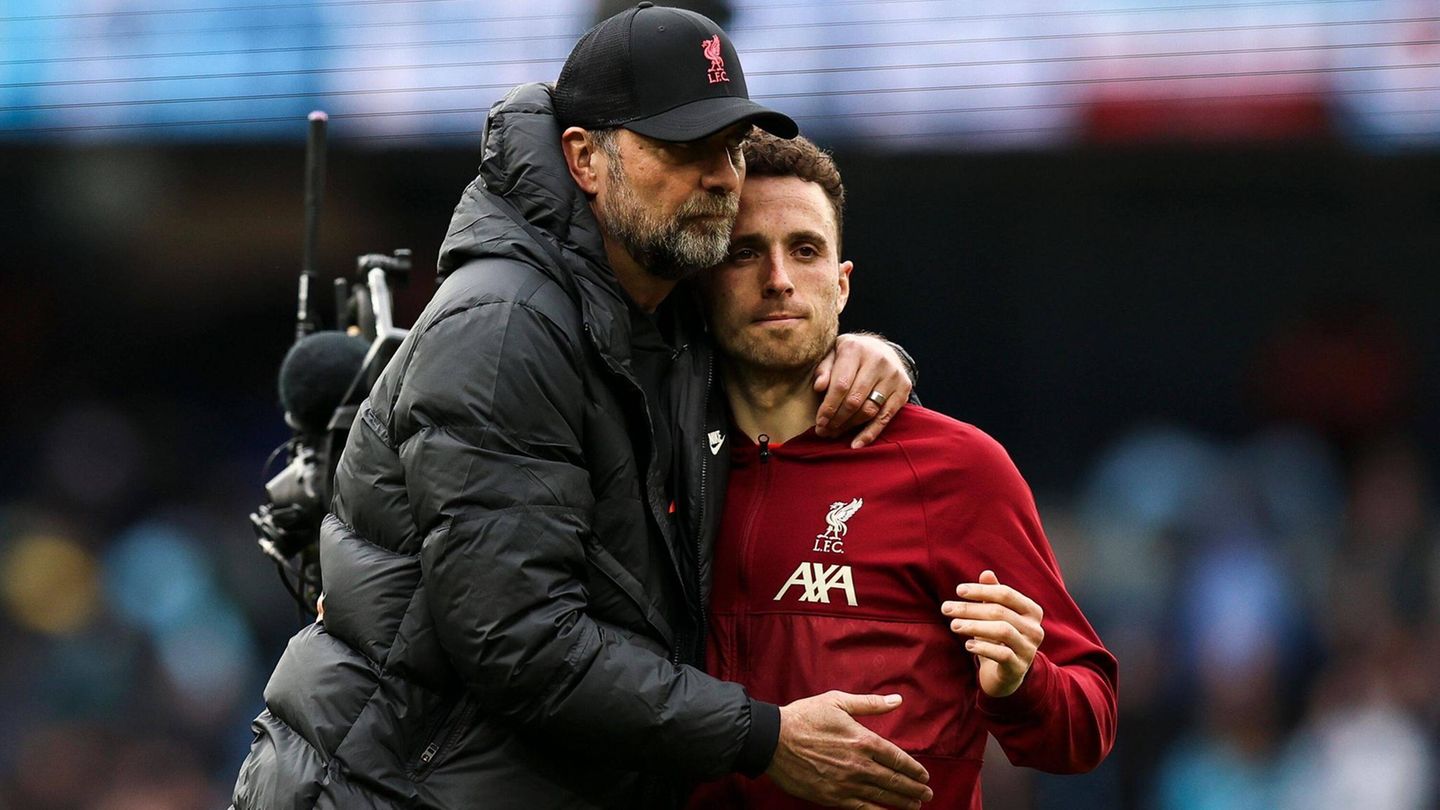As in the much paraphrased title of García Márquez, the chronicle of a battle foretold against AI, or Artificial intelligencehas been unleashed – or rather, intensified – last week, after the complaint that The New York Times filed against OpenAI, the company that created the popular ChatGPT.
The editors of The New York Times are pursuing a legal bid, or in other words, a royalty payment, to allow the AI company to scanning and using articles published in the newspaper. It is not a specific article, or even a content, but the entire system: The New York Times claims that Open AI creates and edits its results, from the syntax to the format itself, with data from others, in this case the newspaper itself, which has its corresponding copyright..
According to Forbes magazine, “The likely legal outcomes of this case will be enormous and will ultimately apply to nearly all AI manufacturers and all generative AI applications. The future of generative AI is at stake.”
OpenAI proceeds, in its algorithms, in the same way as the rest of the major AI brands, without paying or even asking permission to appropriate, formally and in content, works published on the Internet that are protected by copyright. Typically, AI company owners argue that it is legal. They point out that the public has access to that content, and data processing by AI would have the same right.
However, publishers and copyright holders refute that reasoning, arguing that the AI illegally appropriates such content without the owners’ permission. All this in a context in which those who earn fortunes from this procedure are the manufacturers of AI and not the victims of such appropriation.
Forbes cites a Harvard Law Review blog titled “NYT v. OpenAI: The Times’s About Face”, which raises the following points:
“The New York Times has sued OpenAI and Microsoft over the unauthorized use of Times articles to train large GPT language models.”
“These tools are large language models (LLMs), which are built by “training” on massive corpora of text.”
“At the root of the Times’ complaint is that this data set contains a mass of Times copyrighted content.”
“The Times’s central allegation is that OpenAI is infringing copyright by using and reproducing unlicensed and unauthorized works from the Times while training its models.”
“The case could have a significant impact on the relationship between generative AI and copyright law, particularly with respect to fair use, and could ultimately determine whether and how AI models are built.”
The battle, the latest of them, is only one part of the escalation of content creators against Artificial Intelligence.
Hollywood
Last year, during the Hollywood strikes, one of the most contentious issues—almost as much as wages—was the Using chatbots that imitate humansThe actors went to court accusing AI companies of massive copyright infringement. And the argument was the same one that The New York Times is now using.
These are not specific cases of recreation – like the famous one that the actress starred in Scarlett Johanssonwhen he discovered that an advertisement used his own voice to sell a product, and ordered it to be canceled. The actors argued that Their work was used as training material for AI. The question everyone in the actors’ union was asking at the time was: why hasn’t any major studio joined the lawsuit to protect their intellectual property? Or aren’t they also the ones who are harmed?
In that case, he ventured to possibility that they were negotiating with AI companies with the aim of reaching a licensing agreement. But the darker versions —shared by a large part of the actors and screenwriters union— was that The real reason for their silence is that these studios would like to use AI tools to reduce labor costs..
The studios were not short of evidence as AI image generators produce almost exact replicas of movie frames. The case cited by the Hollywood publication was this: when asked about “Thanos Infinity War”Midjourney—an AI program that translates text into hyper-realistic graphics—returns an image of the villain in a frame that looks like it was taken straight from the Marvel movie.
A shot of Tom Cruise in the Top Gun cockpit is similarly produced by the aforementioned program. Chatbots can reproduce almost any animation style, generating characters ranging from DreamWorks’ Shrek to Pixar’s Ratatouille.. It does not seem far off, therefore, that the time will come when the public will choose, as if it were a game, to create their own films with AI tools based on famous film titles.
These warnings were published in January of this year by AI expert Gary Marcus and the conceptual artist Reid Southernwho has worked in “The Hunger Games” and “Transformers”among other Hollywood blockbusters. “What we have demonstrated —they concluded— “There are probably grounds for many more lawsuits in the visual realm. They are essentially appropriating copyrighted material without any attribution.”
Consulted by THR, the lawyer specializing in copyright Justin Nelson held: “Studios and production companies would have a compelling copyright infringement claim. The only way to obtain these images is to steal at least part of the film.”
“If I were a studio,” he continued, “and the owner of this intellectual property, I would immediately call my lawyers to try to find out what my rights are.”
So far, existing lawsuits have failed, so the one filed by The New York Times could strengthen them. AI models are “black boxes.” In addition, OpenAI stopped disclosing information about the sources of its dataset after being suedso that the public is unaware that specific work was used in the creation of a chatbot.
The only evidence plaintiffs can provide is a response generated by a chatbot that is substantially similar to the work it allegedly infringes. The Authors Guild, in its lawsuit against OpenAI, noted that ChatGPT produced summaries and analyses of its scripts or books.
Considering that Artificial Intelligence is still in its infancy, the need for strong legislation, such as antitrust law, seems more urgent than ever.
Source: Ambito
I am an author and journalist who has worked in the entertainment industry for over a decade. I currently work as a news editor at a major news website, and my focus is on covering the latest trends in entertainment. I also write occasional pieces for other outlets, and have authored two books about the entertainment industry.




